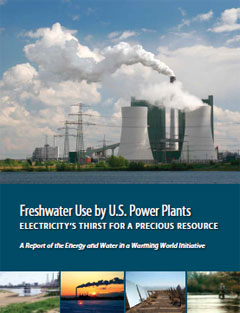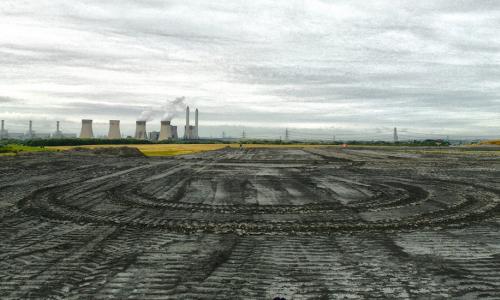Take the average amount of water flowing over Niagara Falls in a minute. Now triple it. That’s almost how much water power plants in the United States take in for cooling each minute, on average.
In 2005, the nation’s thermoelectric power plants—which boil water to create steam, which in turn drives turbines to produce electricity—withdrew as much water as farms did, and more than four times as much as all U.S. residences.
It requires more water, on average, to generate the electricity that lights our rooms, powers our computers and TVs, and runs our household appliances, than the total amount of water we use in our homes for everyday tasks—washing dishes and clothes, showering, flushing toilets, and watering lawns and gardens.
Power plants across the country contribute to water stress
This tremendous volume of water has to come from somewhere. Across the country, water demand from power plants is combining with pressure from growing populations and other needs, and is straining our water resources—especially during droughts and heat waves.
For example, the 2011 drought in Texas created tension among farmers, cities, and power plants across the state. At least one plant had to cut its output, and some plants had to pipe in water from new sources.
The state power authority warned that several thousand megawatts of electrical capacity might go offline if the drought continued to persist.
This report—the first on power plant water use and related water stress from the Energy and Water in a Warming World initiative (EW3)—is the first systematic assessment of both the effects of power plant cooling on water resources across the United States, and the quality of information available to help public- and private-sector decision makers make water-smart energy choices. (The second EW3 report, Water-Smart Power: Strengthening the U.S. Electricity System in a Warming World, was released in July of 2013.)




